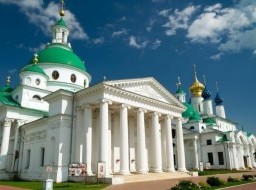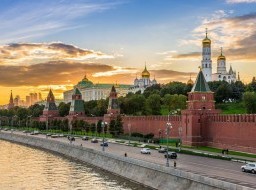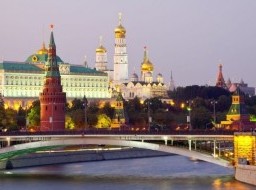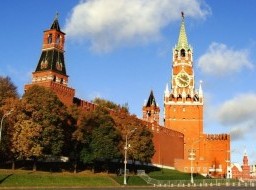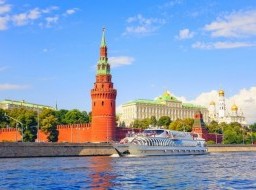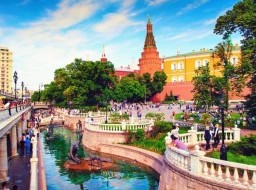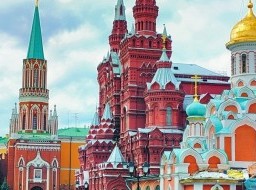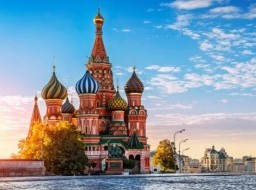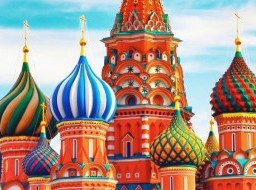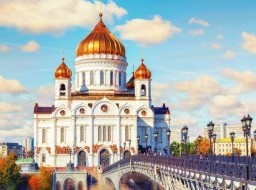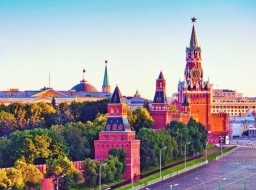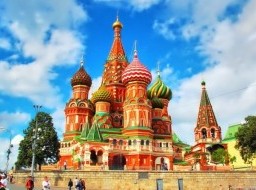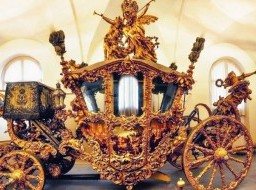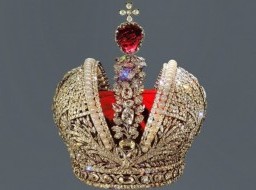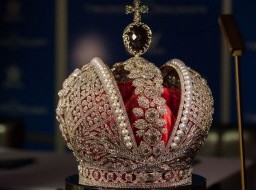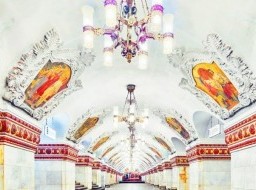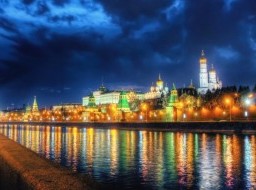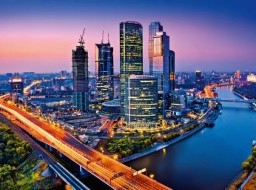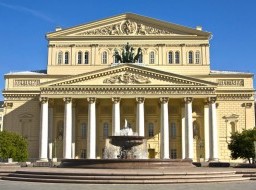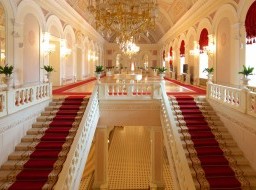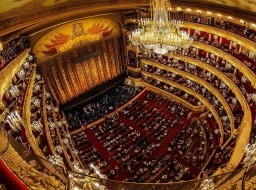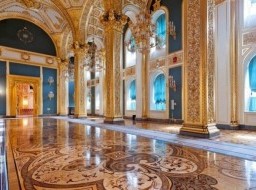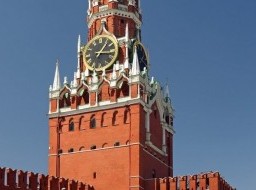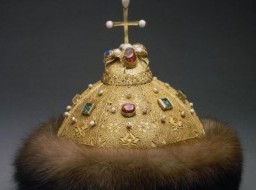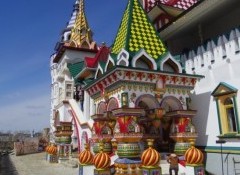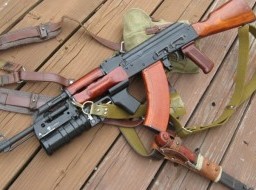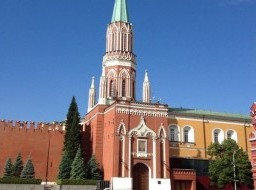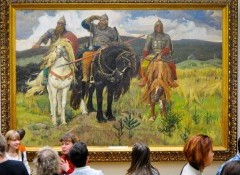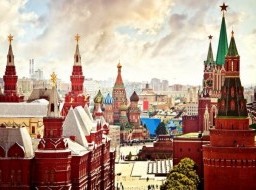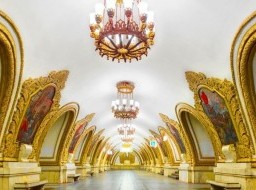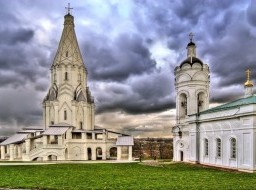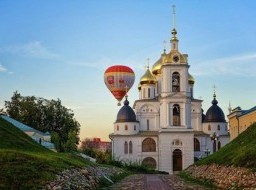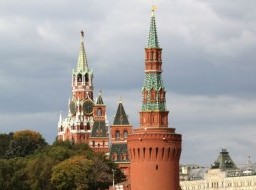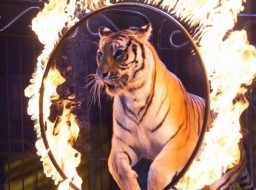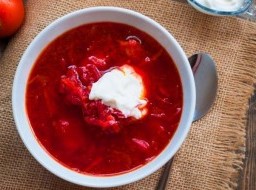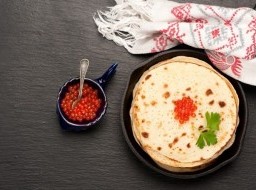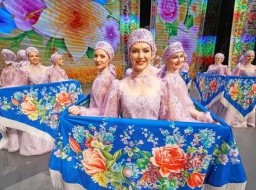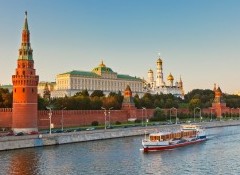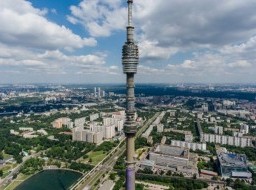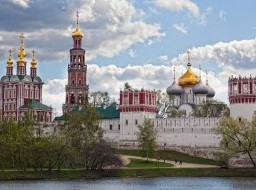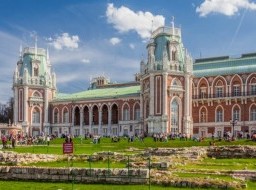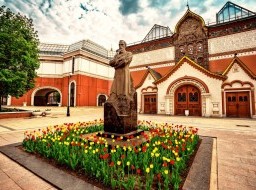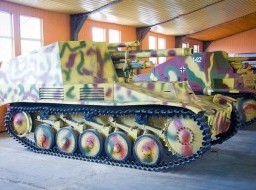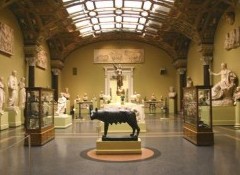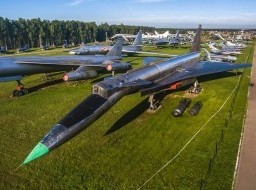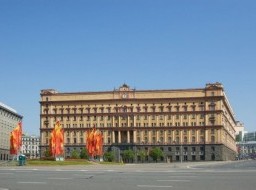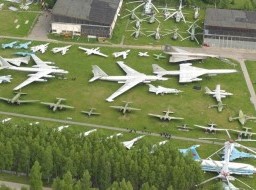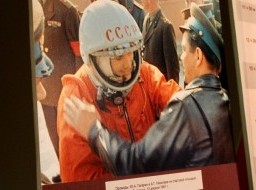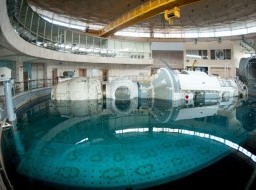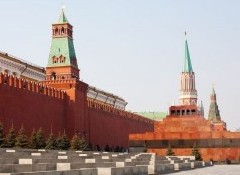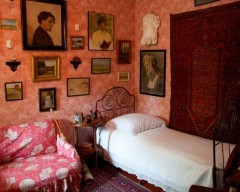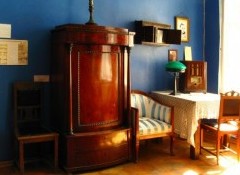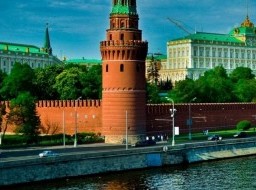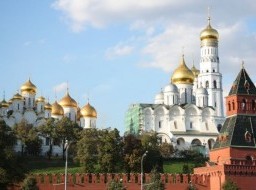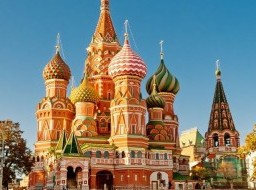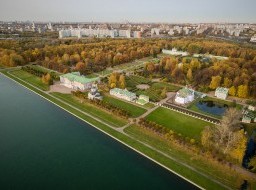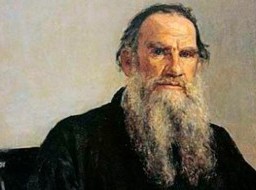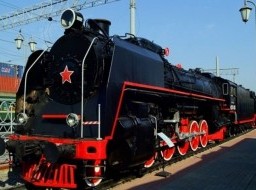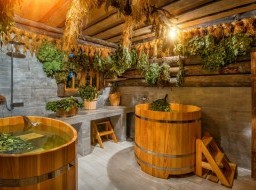Monument to Yuri Dolgoruky
Moscow is considered to have been founded by Prince Yuri Dolgoruky in 1147. Dolgoruky was born around the turn of the 12th century and became the Prince of Rostov-Suzdal and then the Grand Prince of Kiev. This equestrian statue of him was unveiled in 1954. Like most statues of Yuri Dolgoruky, prominence is given to his arm as Dolgoruky means the Long-Armed, a name gained due to his policy of ruling Kiev from afar. The statue faces the Moscow Government building. A monument of Yuri Dolgoruky is a sculptural monument in Moscow. Yuri Dolgoruky was "the founder of the city", the first prince of Suzdal. This monument was erected in 1954 on Tverskaya Square right the opposite of the City Hall of Moscow. Sculptors Orlov and Antropov made it and the architectural design was by Andreeva. This monument became a symbol of the Russian capital. There are number of legends in the Russian urban folklore about this monument. They say the Prince Yuri Dolgoruky built some village fortress in 1147. This year was the first historical mention of Moscow.
In September 1946 there was a competition to design the monument. Despite the fact of attending this competition by the best Soviet sculptors (including Vera Mukhina), the winner was the project by Orlov. The same year this sculptor was awarded the Stalin Prize. The fact is that prior to this Orlov wasn’t engaged in monumental sculpture, worked mainly with fine china plastic.
The images of the Prince did not survive, so the authors created a sculpture of a collective image of Russian hero fighting on a horseback, dressed in a military armor. The rider is sitting on the horse that stopped and stood up in its stirrups. You can see other elements that are carefully drawn on the monument, for example the round shield, mounted on the left hand of Prince, decorated with an ancient heraldic symbol of Moscow. The pedestal of the monument is decorated with ornamental carving reliefs with the images of the centaur, the birds of Syria, the basilisk, the phoenix, the griffins, the stylized lion and the deer.
|
|
